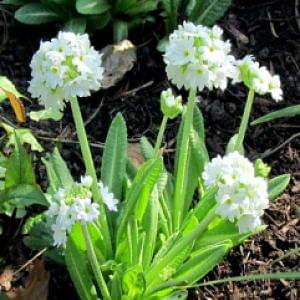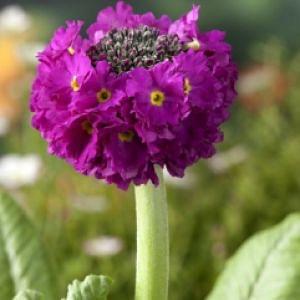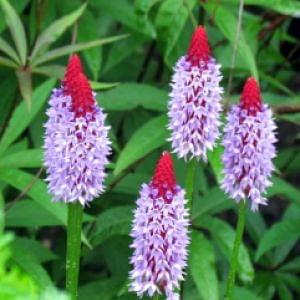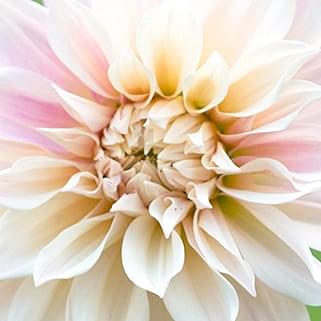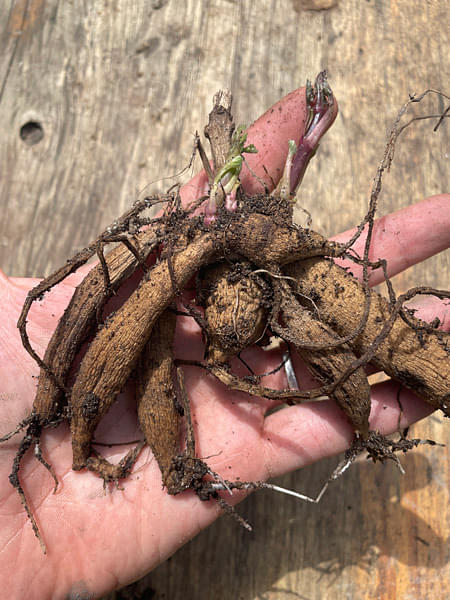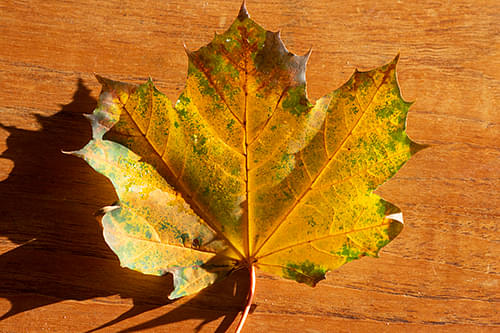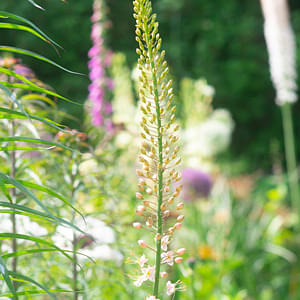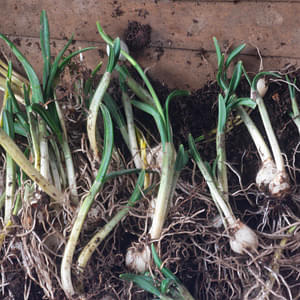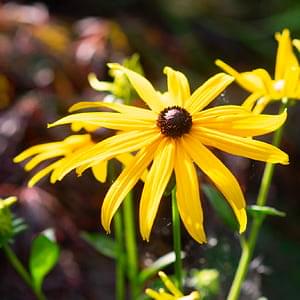How to plant primulas
- How to plant Bulbs - Spring planting plants
- 24 Feb 2020
-
19views
Primulas or primroses are wonderful perennial plants producing brightly coloured flowers held above pretty green leaf rosettes. This genus includes a wide range of species that will be at home in most gardens including bog, woodland or rockery gardens. Try mixing with alchemillas mollis, blue/golden-yellow hostas or low-growing, grey/silver ferns and grasses.
- Plant in humus rich soil that is neutral to acid or peaty
- Plant in partial shade — they will tolerate sun as long as they are not allowed to dry out.
- Deadhead spent blooms
- Feed with tomato fertiliser
- Divide every 4 years
- Primulas are supplied in 9 cm pots.
- Always unpack and plant on arrival.
Potential problems, pests and diseases:
- Aphids: these sap-eating insects can weaken plants and spread viruses. Whenever possible, pick off by hand using gloves.
- Leafhoppers: these sap-eating insects can cause the leaves to become mottled with white to brown spots. Heavy attacks can lead to defoliation.
- Red spider mites: these tiny sap-eating mites can cause the leaves to become mottled with pale spots. In extreme cases, affected plants may shed leaves and potentially perish. Since red spider mites thrive in dry, hot weather, regularly spray foliage with water to discourage any attacks and keep an eye out for tiny mites, eggs and cobwebs.
- Snails and slugs: these pests like to eat away at young shoots and stems. Watch out for damage!
- Vine weevils: the larvae will destroy the plants by munching on their roots.
- Botrytis/grey mould: this fungal disease usually caused by excessive moisture, warm temperatures and poor air circulation can initially be seen as brown spots/grey mould on the leaves and stems. If you spot any signs of this disease, immediately remove affected bulbs/plants and destroy. Botrytis is an airborne virus and can spread rapidly in the breeze so do not compost infected material.
- Brown core: this fungal disease can be seen as brown discoloration on the roots. It can slow down growth and cause leaves to turn yellow and wilt. Destroy any infected plants.
- Leaf spots: these bacterial/fungal diseases can usually be seen as sooty growths or spots on the leaves — these will progressively turn brown with a yellow margin before eventually dying. Remove and dispose of any infected leaves.




